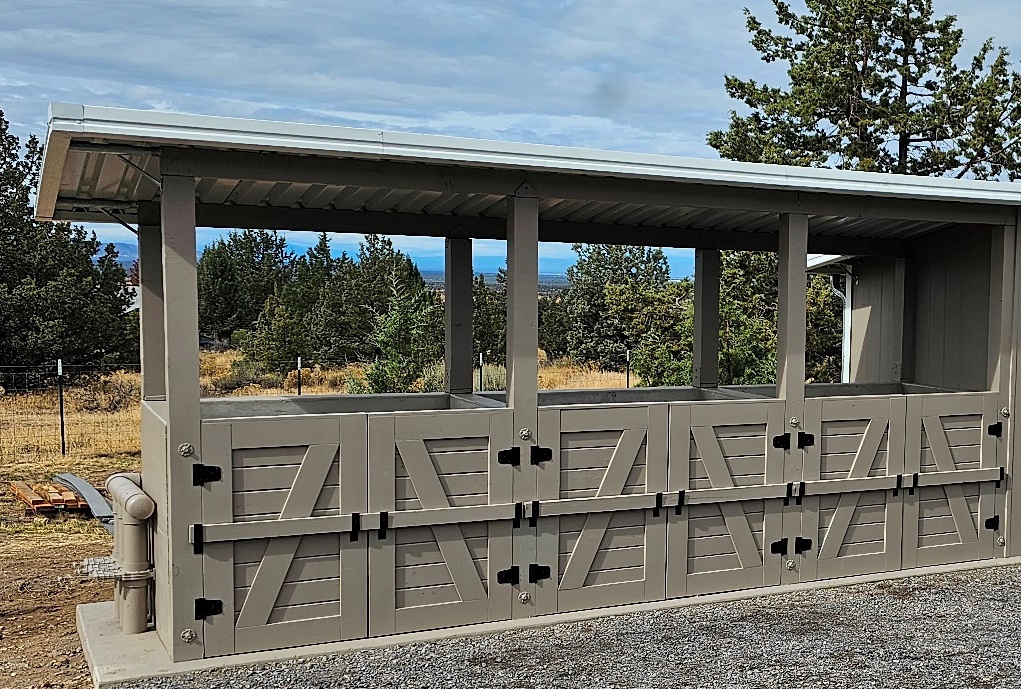Gift Ideas for Horse Owners
Manure Management Tool Recommendations
Also Included in this newsletter:
- New Multi-Use Benchmark System in Oregon
- O2Compost Q&A - Best Time to Screen the Compost

What's On Your Wish List?
We come across a variety of barn tools and accessories in our line of work. Most, if not all, have come to our attention by way of very enthusiastic horse owners (and clients) who enjoy sharing their barn and pasture management routines with us. Maybe something on this list will peak your interest and turn out to be a great addition to your farm or, even better, the perfect holiday gift for someone in your life.
It goes without saying that collecting horse manure is critical to maintaining the horses' health and managing odors (ammonia) and flies around the farm. Collecting the manure from the pastures can be accomplished in several different ways.
Here are ten tools that make the job a little easier:
- Tow and Collect - Watch this YouTube video for more product information
- Paddock Groomer
- Paddock Blade
- Pasture Tender - Watch this YouTube video for more product information
- Nifty Picker
- Super Scooper - Watch this YouTube video for more product information.
- Greystone Manure Vacuum
- Muck Truck
- Trafalgar's Paddock Cleaner
- Fresh Group (paddock cleaners)
Read the full article on our blog to see our recommendations for separating manure from stall bedding, and for spreading the finished compost onto your pasture.
Creative Multi-Use Structure
New Benchmark System in Bend, Oregon

We love seeing creative minds at work. This client turned his compost system into a true multi-use farm structure that was designed to aesthetically compliment their home and barn. Read (and see) more
O2Compost Q&A
Compost Screening Steps
"Following aeration, should we screen the pile before the curing phase?"
ANSWER: In my opinion, it is best to break down the active pile, re-wet if necessary, then place it in a curing pile for at least 30 days prior to screening. The coarse fraction provides porosity to the pile and allows for some passive aeration to a depth of 24 to 36 inches. If you screen out the coarse fraction, all but the outside layer (a few inches) will become anaerobic and slow down the curing process and result in a lower quality finished compost.
I have one client who screens the compost when it is removed from the active pile and then re-screens it after several months of curing to "freshen it up" before he sells it. I suggest trying it both ways and then decide which way works best for you.
|





